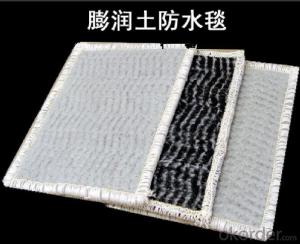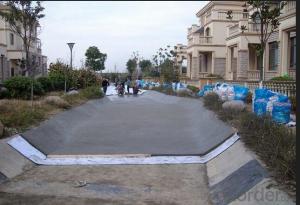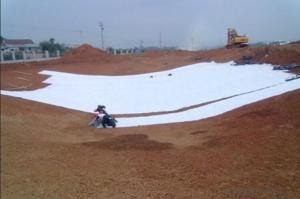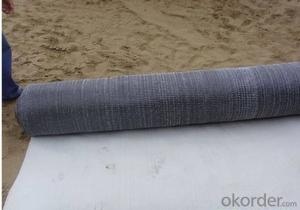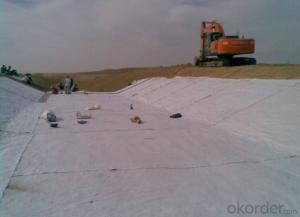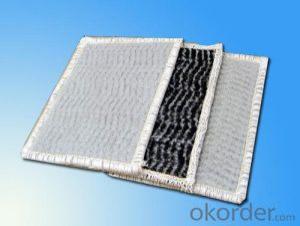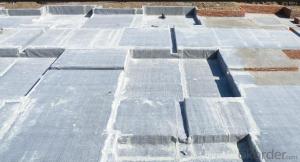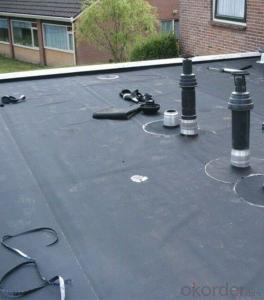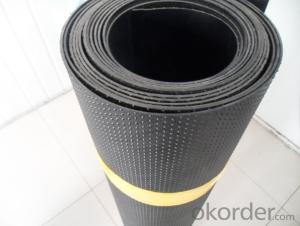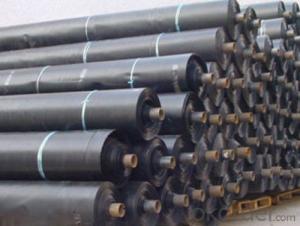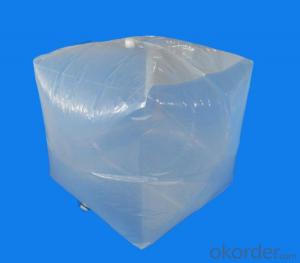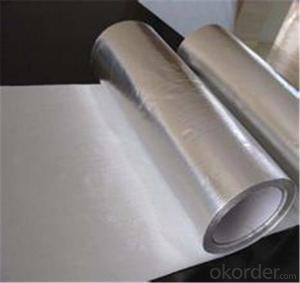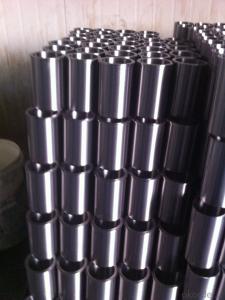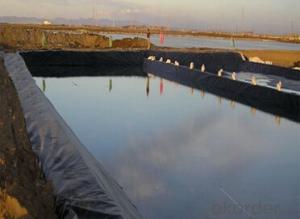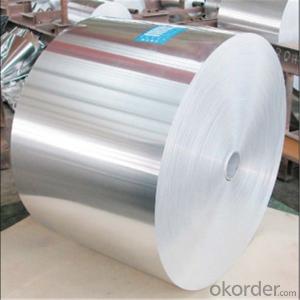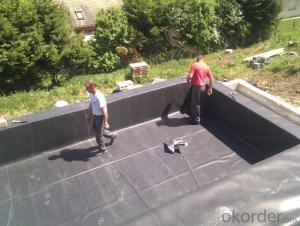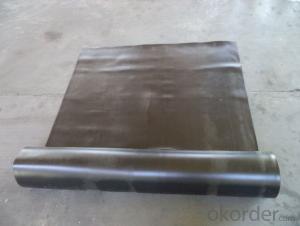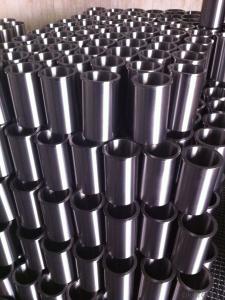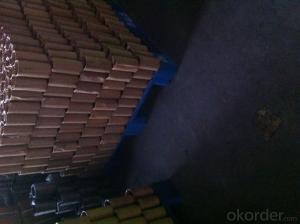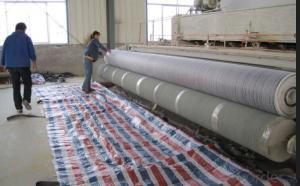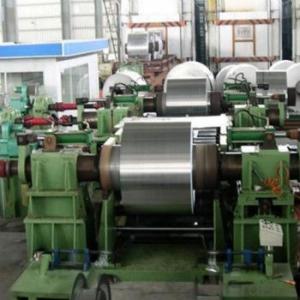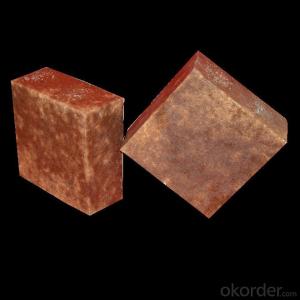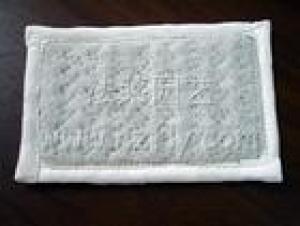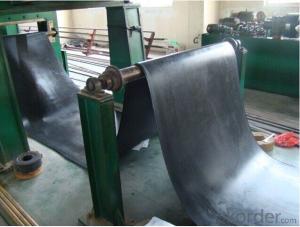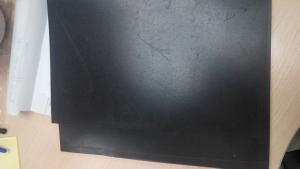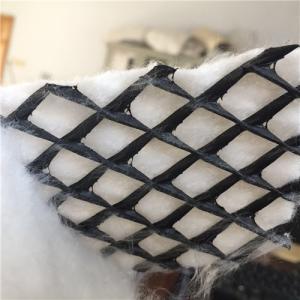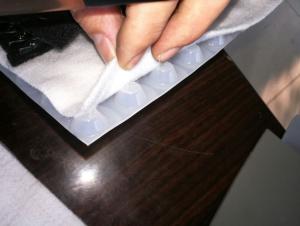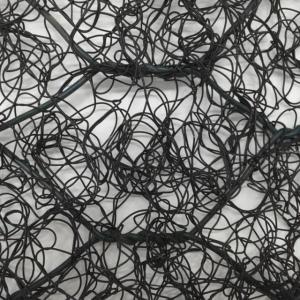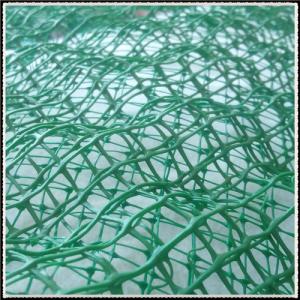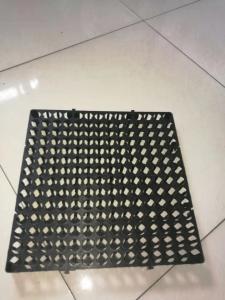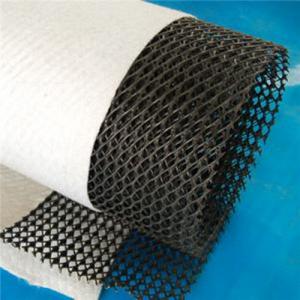Gcl Liner
Gcl Liner Related Searches
Geosynthetic Fabric Terracotta Clay Roof Tiles Clay Roof Shingles Geosynthetic Materials Geosynthetic Clay Liner Gcl LinerHot Searches
Roof Clay Tiles Prices Hdpe Liner Cost Geosynthetic Clay Liner Cost Landfill Liner Cost Geocomposite Manufacturers Roof Clay Tiles Prices Geosynthetic Clay Liner Cost Landfill Liner Cost Geocomposite Manufacturers Geosynthetic Clay Liner CostGcl Liner Supplier & Manufacturer from China
Okorder.com is a professional Gcl Liner supplier & manufacturer, offers integrated one-stop services including real-time quoting and online cargo tracking. We are funded by CNBM Group, a Fortune 500 enterprise and the largest Gcl Liner firm in China.Hot Products
FAQ
- Yes, earthwork products are suitable for agricultural applications. These products, such as soil amendments, mulch, and erosion control materials, can greatly benefit agricultural practices by improving soil quality, preventing erosion, and conserving water. They provide essential support for crop growth, increased yields, and overall sustainability in agricultural operations.
- Geosynthetic materials are commonly used in mining and oilfield applications for various purposes. They are used to reinforce soil and stabilize slopes, prevent erosion, control sedimentation, and provide containment for liquids and waste materials. These materials, such as geotextiles, geogrids, geomembranes, and geocomposites, offer durability, strength, and resistance to harsh environmental conditions, making them ideal for enhancing the overall safety and efficiency of mining and oilfield operations.
- There are various thicknesses available for earthwork products, ranging from thin to thick. The specific thickness options depend on the type of earthwork product being used, such as geotextiles, geogrids, or geomembranes. These products can come in thicknesses as low as a few millimeters or as high as several millimeters or even centimeters, depending on the specific requirements of the project and the desired level of strength and durability.
- There are several limitations of using earthwork products in construction. Firstly, the quality and suitability of earthwork products can vary significantly depending on the location and nature of the soil or rock. Different types of earth materials have different strengths and characteristics, which may not always meet the specific requirements of a construction project. Secondly, earthwork products are susceptible to environmental factors such as moisture content, temperature changes, and geological movements. These factors can affect the stability and durability of earthwork, leading to potential issues like settlement, erosion, or deformation over time. Thirdly, earthwork products often require extensive excavation, hauling, and compaction processes. This can be time-consuming, labor-intensive, and may require heavy machinery, increasing the overall cost of construction projects. Lastly, the use of earthwork products may have limitations in terms of design flexibility and aesthetic appeal compared to other construction materials. While they can be suitable for certain applications like road embankments or foundation construction, they may not be ideal for more complex or architectural projects.
- Why is material durability so important in civil engineering?
- In civil engineering, each project provides a certain number of years of use, generally at least 50 years, the construction has its function, he wants to human life and production services, think if you repair a building, with less than 5 years can not afford to wind and rain, hot and cold erosion and crumbling, which is not only a waste of financial and material resources, but also people's lives and property do not respect, not responsible.
- Geosynthetic clay liners (GCLs) offer several advantages in landfill construction. Firstly, they provide an effective barrier against the migration of contaminants, preventing their release into the surrounding environment. GCLs also have high hydraulic conductivity, allowing for efficient drainage of leachate and reducing the risk of groundwater contamination. Additionally, they are easy to install and require less maintenance compared to traditional clay liners, resulting in cost savings. Moreover, GCLs have excellent resistance to chemical and biological degradation, ensuring long-term stability and performance in landfill applications. Overall, the use of geosynthetic clay liners enhances the environmental protection and overall efficiency of landfill construction.
- Geosynthetic clay liners offer several benefits in pond liners. Firstly, they provide excellent hydraulic conductivity control, helping to prevent leaks and seepage in the pond. Secondly, they have high tensile strength and puncture resistance, ensuring durability and longevity of the liner. Additionally, these liners have a self-sealing capability, meaning that if any punctures or tears occur, they can self-heal, minimizing the need for repairs. Lastly, geosynthetic clay liners are environmentally friendly as they are made from natural materials and do not release harmful chemicals into the pond.
- Yes, geocells can be used for ground stabilization. Geocells are three-dimensional honeycomb-like structures made from high-density polyethylene (HDPE) and filled with soil, aggregate, or concrete. They are effective in providing stability to weak or unstable soils, preventing erosion, and improving load-bearing capacity. Geocells distribute the applied loads over a wider area, reducing soil compaction and increasing the overall performance of the stabilized ground.
